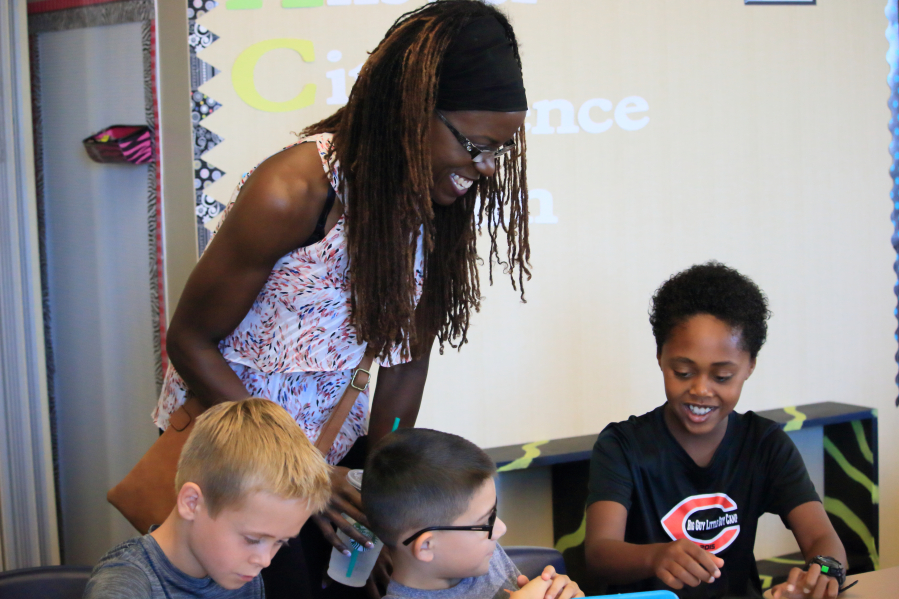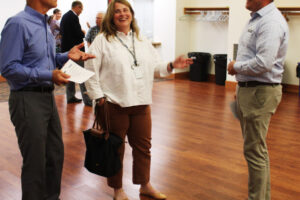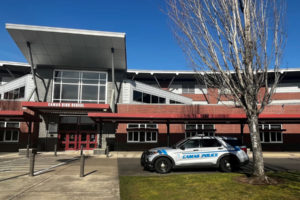“We learned about what we would call racist or oppressive incidents that create systems where kids don’t feel safe,” Greseth said. “But what we’re learning more (about), and this is what our policy is directed toward, is the systems that perpetuate inequity for kids. When we more closely inspected our data, we found that some of the students don’t benefit to the same degree as others — some students of color, some students in poverty and students with disabilities or learning differences.”
Lyn Garcia, an English Language Learner instructor in Camas, said she was devastated after hearing about the students’ experiences at one of the equity forums held in 2018.
“(Some of them) were in tears,” she said. “They felt very isolated and stereotyped and alienated, and that kind of broke my heart. … I do think, systemically, the district is absolutely in the right place, but the student experience really comes down to the relationships the students have with their friends and with the adults in their school. That’s where I think we need to continue to focus our work, to make sure that people are having these conversations in a way that’s respectful and inclusive.”
The district established the equity policy “to serve as a lens that allows us to examine every aspect of our district and how well it is supporting the mission to see and serve each student,” according to a district report to the Camas community.
“As we were trying to get to a 100-percent (graduation rate), we realized, ‘There’s a gap here. Why is that gap here?'” Snell said. “That prompted the question of how we are seeing each of our students and what they are experiencing here. We may think if we have a 90-percent graduation rate, that’s a good job, right? Great — that looks good compared to the state or whatever. But the reality is 10 percent of your kids are struggling. Let’s uncover that and see what’s going on.”




